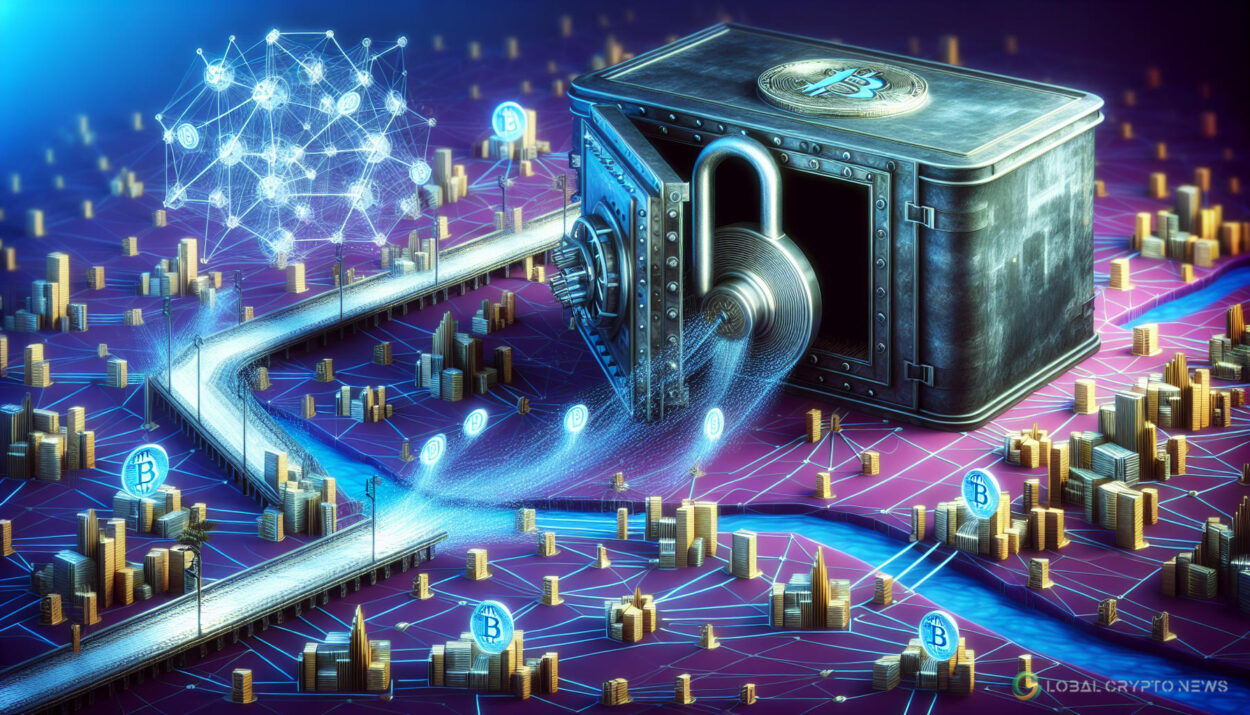Disclosure: The views and opinions expressed here belong solely to the author and do not represent the views and opinions of Global Crypto News’ editorial.
KyberSwap Hack and Its Aftermath
Last November, decentralized exchange (DEX) aggregator KyberSwap experienced a significant hack, resulting in the loss of $47 million. The hacker demanded that the executive team resign and appoint him as CEO in exchange for the return of the stolen funds. This demand was rejected, and the hacker began transferring the stolen assets to Ethereum using the Synapse protocol.
KyberSwap barely survived the incident, cutting its workforce by half as its total value locked (TVL) dropped by 68 percent. While this hack was unfortunate, it highlighted some important lessons for the decentralized finance (DeFi) space.
Security Trends in DeFi Hacks
Compared to the early days of the crypto winter, the value lost in DeFi hacks decreased by 64 percent in 2023, with the median loss per hack declining by 7.5 percent. This improvement underscores the advancements in DeFi security. Blockchain bridges, which facilitate cross-chain interoperability, have played a significant role in enhancing DeFi’s capabilities by allowing assets to flow more freely between different blockchain networks.
The Role of Blockchain Bridges
Bridges stimulate innovation by enabling developers to create new financial products, improve scalability, enhance privacy features, and manage risks more flexibly. However, blockchain interoperability remains limited. True interoperability would require a complex web of protocols linking every blockchain, posing unique security challenges.
Despite the decline in hacks, the DeFi space is still vulnerable to attacks. Since most bridges depend on smart contracts, they remain targets for hackers. Both centralized and decentralized bridges have been exploited, highlighting the need for robust security measures.
Trusted vs. Trustless Bridges
Trusted bridges, like the Binance Bridge, offer simplicity and compliance but at the expense of centralization. Trustless bridges prioritize decentralization and security but rely heavily on smart contracts, which can be exploited. The lack of KYC and AML protocols in most bridges makes them attractive to hackers looking to launder stolen funds.
Importance of Compliance
The choice between trusted and trustless bridges depends on the specific use case and the trade-offs users are willing to accept. While trusted bridges may be preferred for their simplicity and lower gas fees, trustless bridges offer greater control over assets in a decentralized environment.
Compliance is crucial for mitigating risks. Implementing a compliance layer in any decentralized protocol can prevent problematic transactions, such as moving stolen funds. This is not about censorship but about protecting user assets from criminals and other bad actors.
As regulatory bodies consider more comprehensive laws, compliance will become increasingly important. Traditional financial institutions are also exploring DeFi services, making robust compliance mechanisms essential for broader adoption.
While bridges may not yet enable universal interoperability, proper compliance can reduce risks for users and developers, safeguarding DeFi’s progress. Developers should consider a bridge’s compliance standards when engaging in cross-chain transactions.
Stay updated with the latest news and insights on cryptocurrencies, investing, and finance at Global Crypto News.
Guy Vider is the co-founder and CTO of Kima, a decentralized, blockchain-based money transfer protocol. With over two and a half decades of development leadership and expertise in fintech and blockchain, Guy has co-founded three startups and held consulting positions in deep-tech and web3 projects.
























